To understand the astronomy and astrology of the Elder Scrolls, one must first accept that space doesn’t work there as it does here. The stars aren’t balls of plasma floating in the vacuum of space but rather holes into another plane. Planets aren’t balls of matter orbiting stars, but rather bubbles of infinity held up in Oblivion. Cosmology, released in 1999 by Michael Kirkbride and attributed to the in-game organization Temple Zero, remains the seminal text on the topic. It will be quoted throughout this article, but you might as well go ahead and read it now. I’ll wait.
Back? Let’s get started.
Constellations
Constellations are arrangements of stars, seemingly recognized by all of Tamriel’s peoples, that hold special properties. There are three “Guardian” constellations (Mage, Thief, and Warrior) with three “Charges” each, and a thirteenth constellation made up of “un-stars,” called the Serpent. The Guardian constellations are tasked with protecting their charges from the Serpent.
According to the Firmament, “when the sun rises near one of the Constellations, it is that Constellation’s season. Each Constellation has a Season of approximately one month. The Serpent has no season, for it moves about in the heavens, usually threatening one of the other Constellations.”
Here’s what Cosmology says about constellations and the stars that compose them:
The stars are the bridges to Aetherius, the magic plane. They are perceived as holes on the inside surface of space. Because they are on the inside of a sphere, all stars are equidistant from Nirn. Larger stars, therefore, are not closer to the mortal plane, they are just larger tears in Oblivion. The largest tear in Oblivion is Magnus, the sun.
Constellations are collections of stars. Since each star is a bridge to magic, constellations are very powerful phenomena, and are revered. There are generally accepted to be thirteen constellations. Nine of these are made up completely of stars. Three others are called guardian constellations, as they are each governed by a Dominion Planet. The Dominion Planets are Akatosh (eye of the Warrior), Julianos (eye of the Sage), and Arkay (eye of the Thief). The last constellation is made up of unstars, and is called the Snake.
The Redguard version of the Firmament offers some information on the relationships between Guardians, Charges, and the Serpent that are not found in later versions of the book. In it, it says that the Guardians share quadrants of the heavens with their Charges, and seem to physically change when those Charges are threatened by the Serpent:
The Serpent threatens Different Charges during Different Seasons, and the Warrior’s Very Aspect will Change according to the Times. If, for Example, His Lady is being threatened the Warrior will seem as if he is looking to His Left, Eyes blazing towards that Part of the Sky wherein she resides. Thus, to find the Serpent during the Warrior’s Season, look to where he looks, for that is where the Coiled Beast is Active.
Next, let’s look at the constellations themselves.
The Ritual
Season: Morning Star (January)
Guardian: The Mage
Unlike other signs, there is no defined set of boons granted by the Ritual. Instead, according to The Firmament, it grants a “variety of abilities depending on the aspects of the moons and the Divines.”
In the Stros M’kai Dwemeri observatory, the Ritual is represented by the B glyph (BTH, the number 2). ![]()
If a player with the Ritual sign speaks to the Khajiiti diviner Hanubina-ko at the Bandari Caravan, she tells them:
“This one hears soft chanting, glimpses flickering candles.
“You are guided by the Ritual, yes? Allies shall seek you out, for your sign guides you to heal and mend. But beware—not all ills can be repaired.”
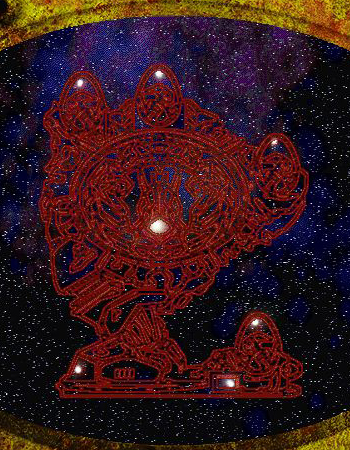
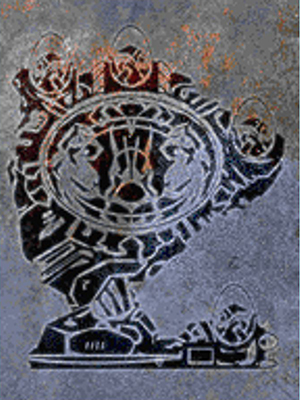
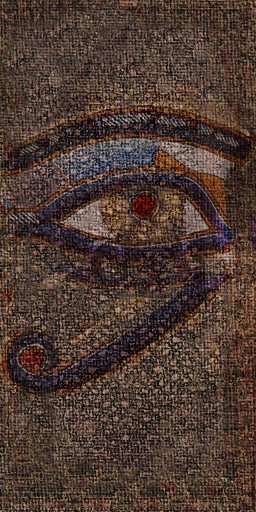
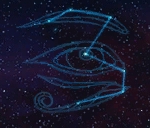

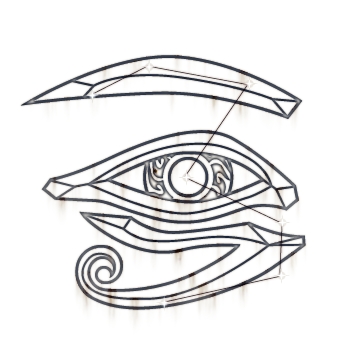

The Lover
Season: Sun’s Dawn (February)
Guardian: The Thief
According to The Firmament, “those born under the sign of the Lover are graceful and passionate.”
In the Dwemeri observatory, the Lover is represented by the D glyph (ND, the number 4). ![]()
If a player with the Ritual sign speaks to the Khajiiti diviner Hanubina-ko at the Bandari Caravan, she tells them:
“This one smells roses and lavender, hears laughter, quiet and demure.
“Ah, you bear the kiss of the Lover! All fall prey to your sleek charms, yes? Use this gift wisely, walker. To be loved and to be feared are different phases of the same moon.”
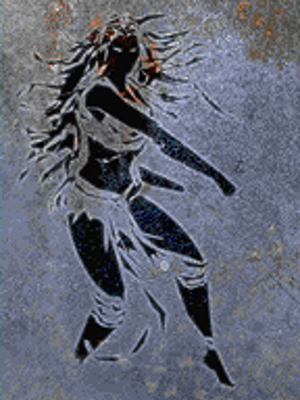
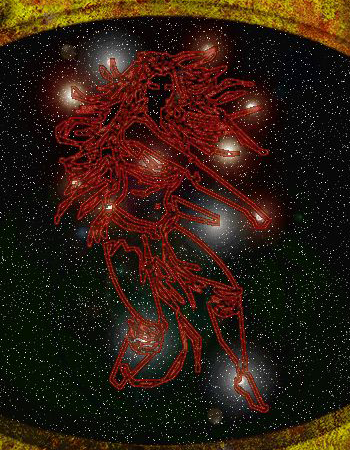

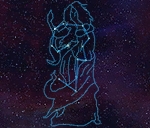

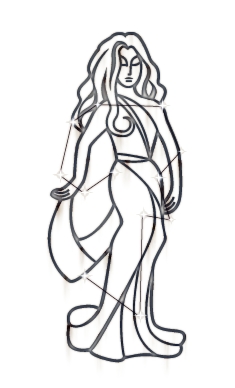

The Lord
Season: First Seed (March)
Guardian: The Warrior
According to The Firmament, the Lord “oversees all of Tamriel during the planting,” and those born under this constellation are “stronger and healthier than those born under other signs.”
In the Dwemeri observatory, the Lord is represented by the E glyph (EH, the number 5). ![]()
If a player with the Ritual sign speaks to the Khajiiti diviner Hanubina-ko at the Bandari Caravan, she tells them:
“This one hears the whispers of court—scheming and revelry behind closed doors ….”
“It is obscured by pride and hidden intent, but this one sees through that. It is the Lord that guides you—calculating, strong, ambitious, with the vigor of Alkosh.
But be wary. Even the mightiest nobles can be felled by a flick of a quill.”
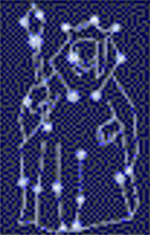
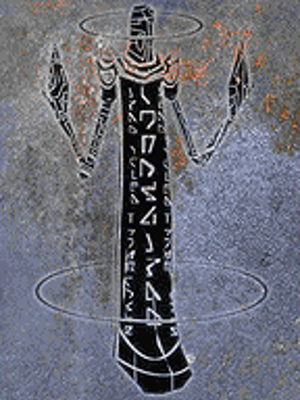
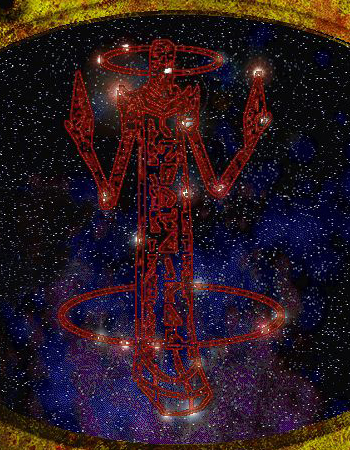
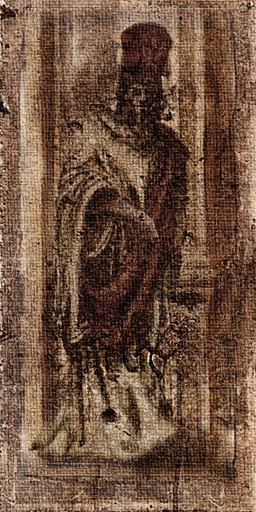


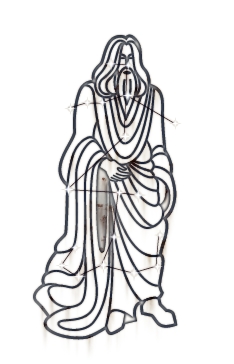
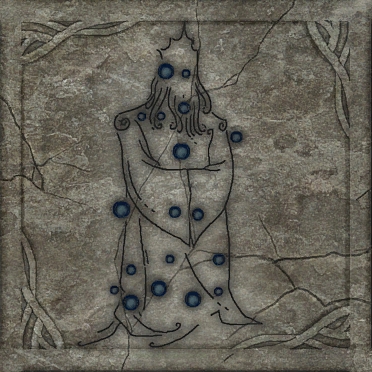
The Mage
Also known as: The Wizard, The Sage, The Mechanist (Dwemeri)
Season: Rain’s Hand (March)
Charges: Apprentice, the Golem, the Ritual
According to The Firmament, the season of Rain’s Hand was when “magicka was first used by men.” Those born under this sign have “more magicka and talent for all kinds of spellcasting, but are often arrogant and absent-minded.”
In the Dwemeri observatory, the Mage is represented by the F glyph (FT, the number 6). ![]()
If a player with the Ritual sign speaks to the Khajiiti diviner Hanubina-ko at the Bandari Caravan, she tells them:
“This one sees … the arcane. Yes, Magrus dances on light blue paws—tiny flames and the scent of incense ….”
“Ah, yes … this one sees the flaming palm, the starry robe.
“It is the Mage that guides you. A fortuitous sign. As surely as Magrus sheds the sun’s white light upon the hidden, if you seek out wonders … you shall find them.”
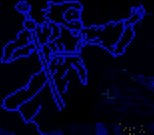
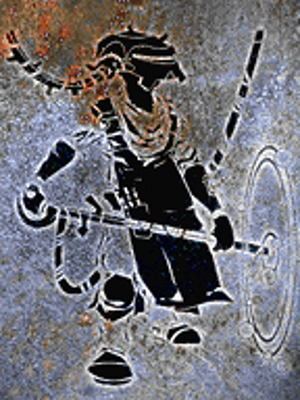
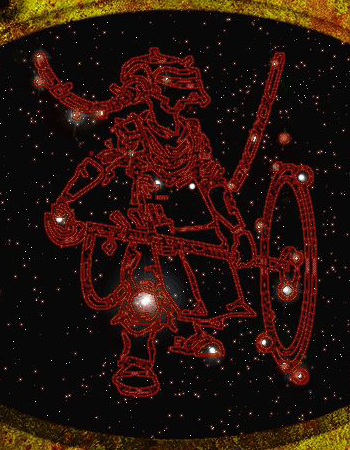
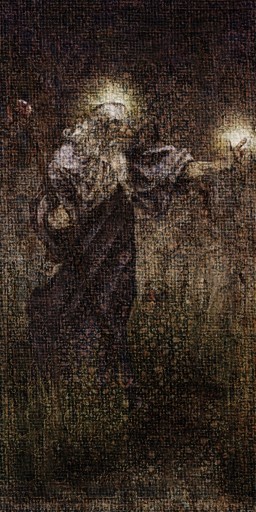
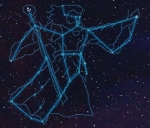
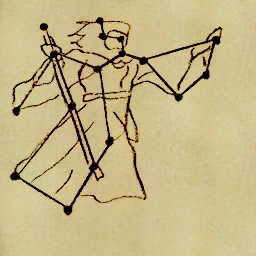



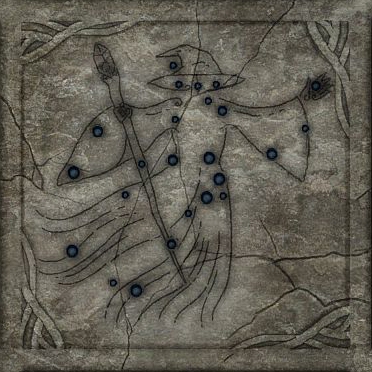
The Shadow
Season: Second Seed (May)
Guardian: The Thief
The Firmament states that this sign “grants those born under her sign the ability to hide in shadows.”
In the Dwemeri observatory, the Shadow is represented by the G glyph (NGTH, the number 7). ![]()
If a player with the Ritual sign speaks to the Khajiiti diviner Hanubina-ko at the Bandari Caravan, she tells them:
“This one sees … nothing. A chill void.
“It must be the Shadow that guides you. Cold, cautious. Patient. Shadow is among the deepest signs, for it represents what is not known. Tread not too far down that path, walker, if you want to return.”
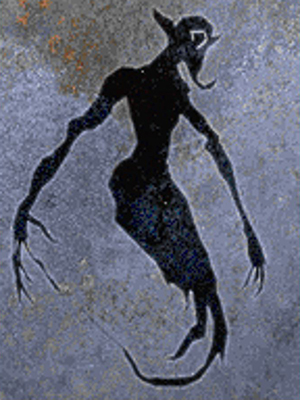
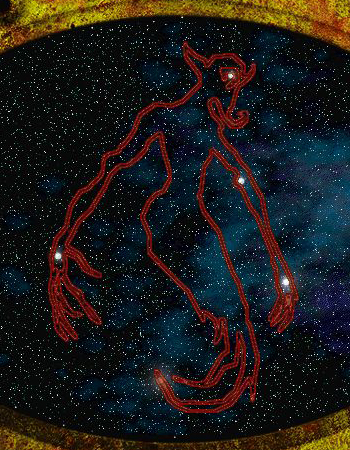

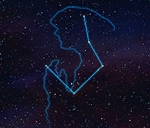
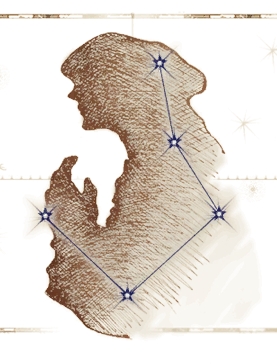

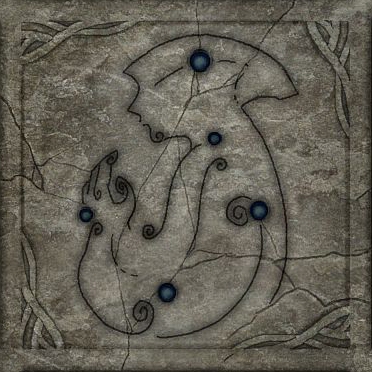
The Steed
Season: Mid Year (June)
Guardian: The Warrior
The Firmament states that those born under this sign are”impatient and always hurrying from one place to another.”
In the Dwemeri observatory, the Steed is represented by the H glyph (AH, the number 8). ![]()
If a player with the Ritual sign speaks to the Khajiiti diviner Hanubina-ko at the Bandari Caravan, she tells them:
“This one hears the pounding of hooves, feels the straining of muscles. You are borne by the Steed, walker—headstrong and willful. Swiftness is a great gift, but only when measured with foresight. Do not rush headlong into danger.”
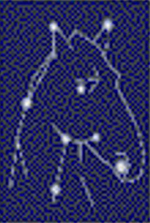

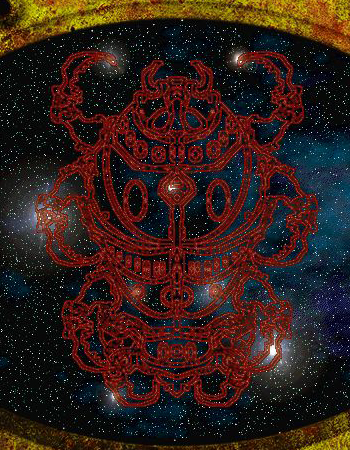

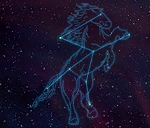
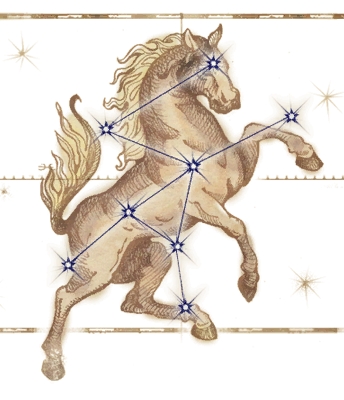
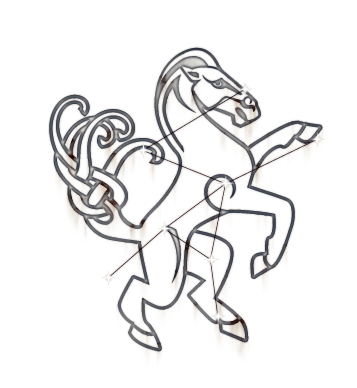

The Apprentice
Season: Sun’s Height (July)
Guardian: The Mage
According to The Firmament, those born under this sign have a “special affinity for magick of all kinds, but are more vulnerable to magick as well.”
In the Dwemeri observatory, the Apprentice is represented by I glyph (IH, the number 9). ![]()
If a player with the Ritual sign speaks to the Khajiiti diviner Hanubina-ko at the Bandari Caravan, she tells them:
“The paw prints of arcana are difficult to track.
This one sees … yes, it is the Apprentice that guides you. Impetuous. Prideful. You must be cautious. Know your limits, for none can see all ends.”

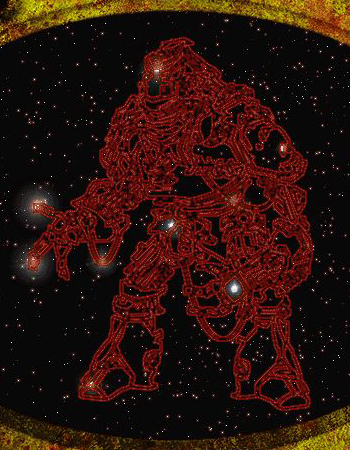
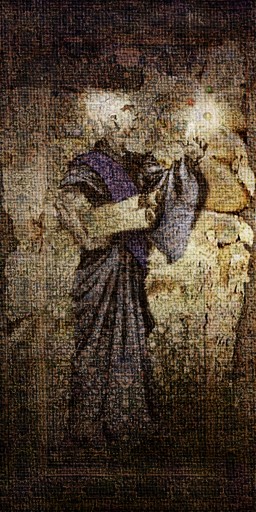
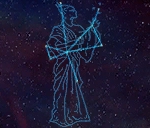
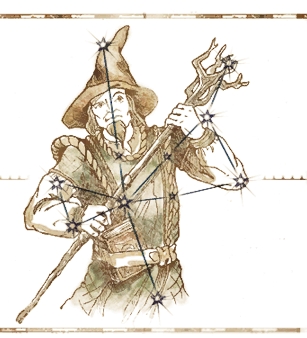
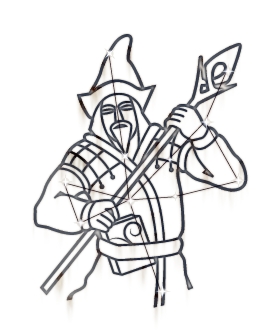
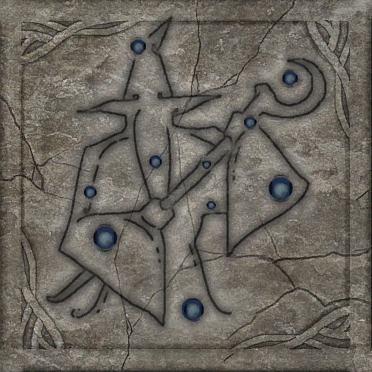
The Warrior
Season: Last Seed (August)
Charges: the Lady, the Steed, the Lord
The Firmament states that Last Seed is the Warrior’s season because “his Strength is needed for the harvest.” It also says that “those born under the sign of the Warrior are skilled with weapons of all kinds, but prone to short tempers.”
In the Dwemeri observatory, the Warrior is represented by the K glyph (RK). ![]()
If a player with the Ritual sign speaks to the Khajiiti diviner Hanubina-ko at the Bandari Caravan, she tells them:
“This one sees … strength. Yes. The clenched fist and walls of stone.”
“Hmm. Yes, your guide is difficult to miss. The Warrior. Straightforward, willful, brimming with wrath.
“Heed the counsel of Jone and Jode, walker. Without the little moon, the big one is left to spin alone, lost. Do not count on strength alone.”
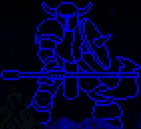
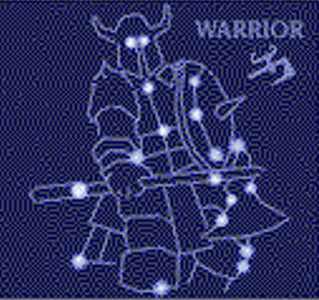
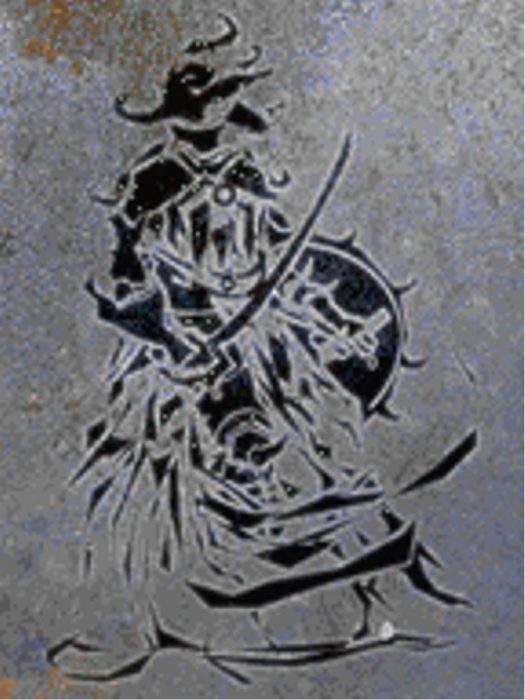
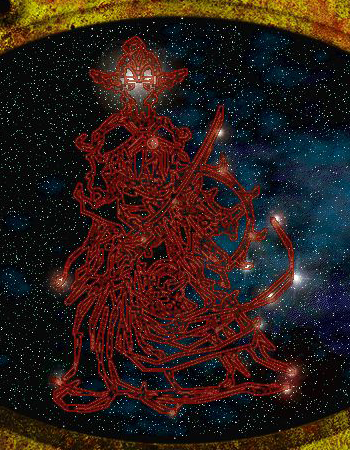
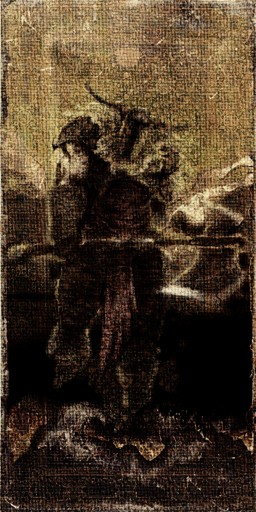
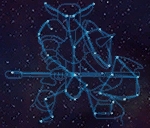
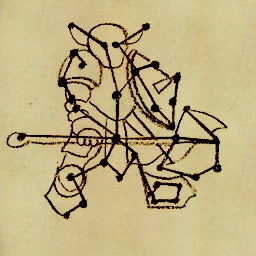
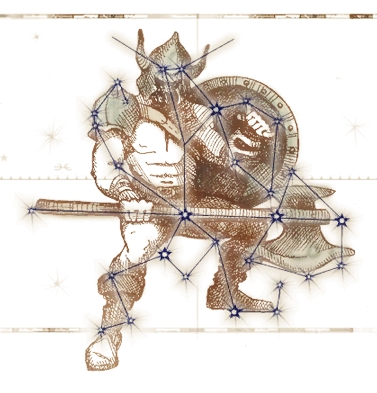

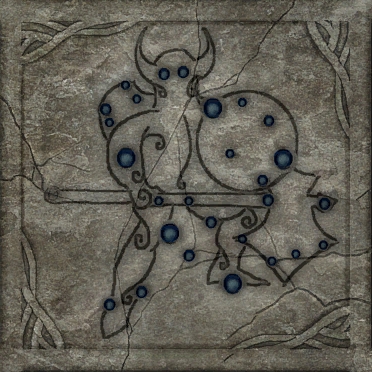
The Lady
Season: Hearthfire (September)
Guardian: The Warrior
According to The Firmament, those born under this sign are “kind and tolerant.”
In the Dwemeri observatory, the Lady is represented by the M glyph (MZ). ![]()
If a player with the Ritual sign speaks to the Khajiiti diviner Hanubina-ko at the Bandari Caravan, she tells them:
“Your spirit bespeaks elegance, walker—pillow-soft and dagger-sharp. This one sees … yes, it is the Lady.
“Her gifts are sweet indeed for those deserving. Patience, caution, foresight. Seek the highest path to earn her protection.”
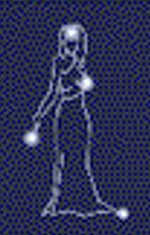

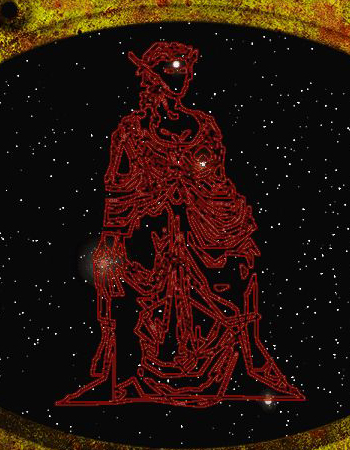
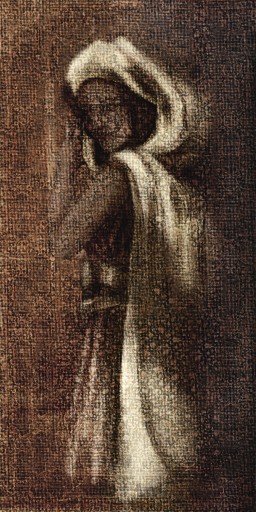
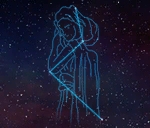
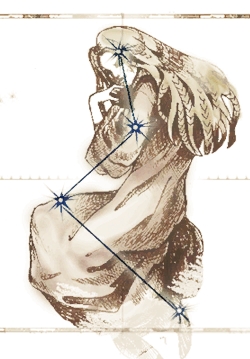
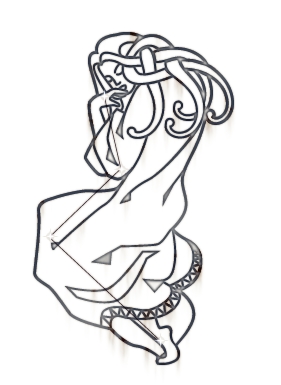
The Tower
Season: Frostfall (October)
Guardian: The Warrior
The Firmament states that those born under this sign “have a knack for finding gold and can open locks of all kinds.”
In the Dwemeri observatory, the Tower is represented by the N glyph (NCH). ![]()
If a player with the Ritual sign speaks to the Khajiiti diviner Hanubina-ko at the Bandari Caravan, she tells them:
“This one sees claw marks upon cold, wet stone. Smells moss and memory. It is the Tower that guides you. Like a fortress, you may weather fire and claw.
“But do not rely on strength alone. The strongest wall is the one that is hidden.”
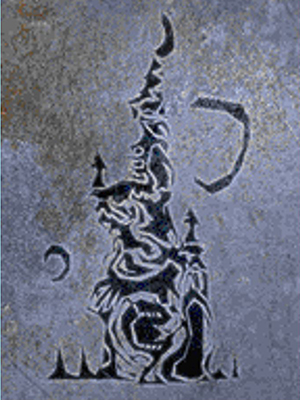
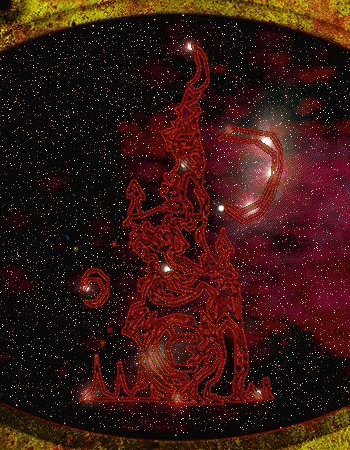
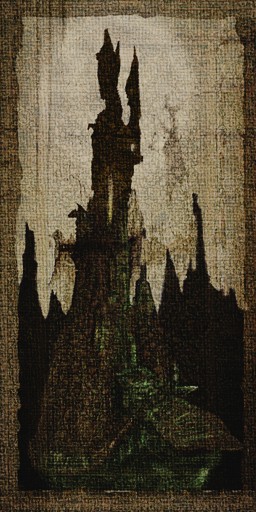
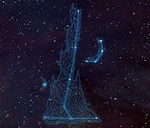
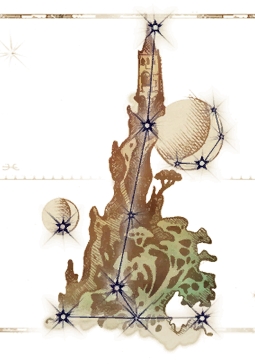
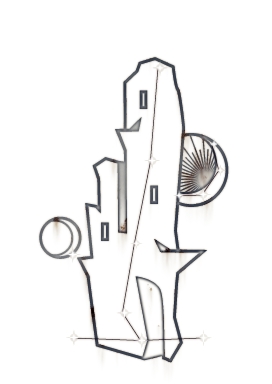
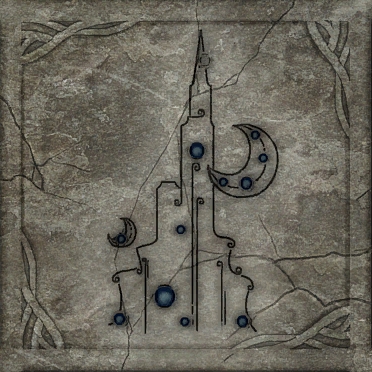
The Atronach
Also known as: The Golem
Season: Sun’s Dusk (November)
Guardian: The Mage
The Firmament states that those born under this sign “are natural sorcerers with deep reserves of magicka, but they cannot generate magicka of their own.”
In the Dwemeri observatory, the Atronach is represented by the R glyph (RD). ![]()
If a player with the Ritual sign speaks to the Khajiiti diviner Hanubina-ko at the Bandari Caravan, she tells them:
“This one senses a heart of stone. Or is it ice?
“Ah, it is the Atronach that guides you. Sturdy, adaptable. Your sign grants you a steady arm and a nimble mind. You can be fire, stone, or ice. Adapt, but remain true to yourself.”
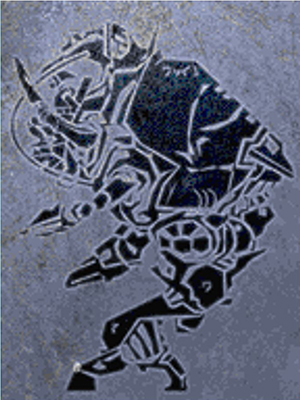
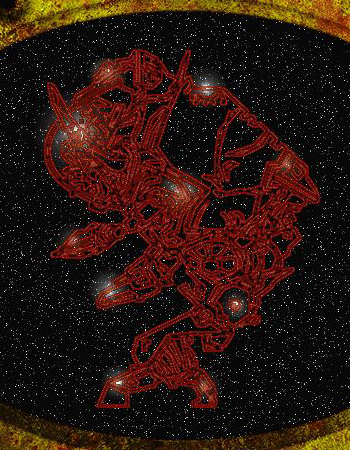
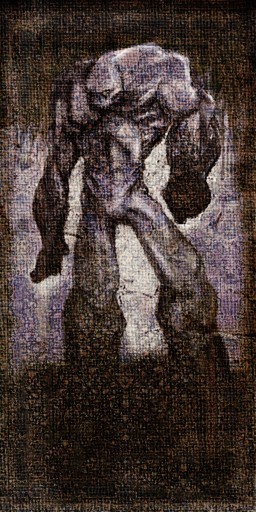
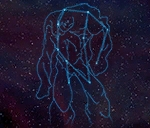
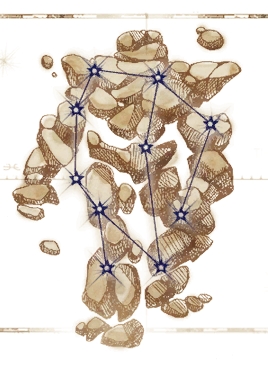
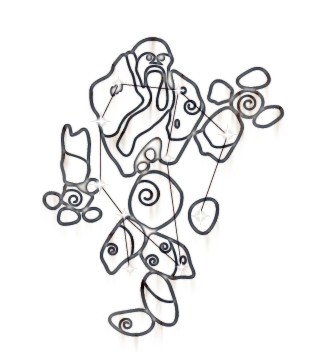
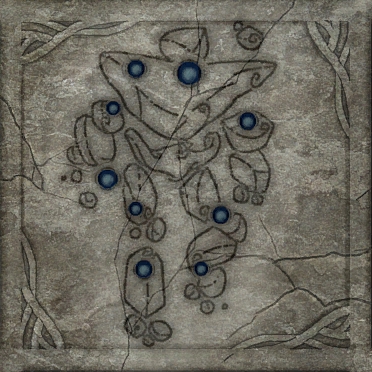
The Thief
Season: Evening Sun (December)
Charges: Lover, the Shadow, and the Tower
According to The Firmament, “those born under the sign of the Thief are not typically thieves, though they take risks more often and only rarely come to harm. They will run out of luck eventually, however, and rarely live as long as those born under other signs.”
In the Dwemeri observatory, the Thief is represented by the A glyph (AHH, the number 1). ![]()
If a player with the Ritual sign speaks to the Khajiiti diviner Hanubina-ko at the Bandari Caravan, she tells them:
“This one sees … a shadow. The flash of steel and fell whispers ….”
“Hmm. Yes, your sign is well known to this one, for it dwells in the hearts of all Khajiit. You have the luck of the Thief…of Baan Dar. You are swift, cunning, and beautiful. Your dance brings wealth and risk.
“Just spare this one your touch.”
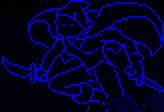

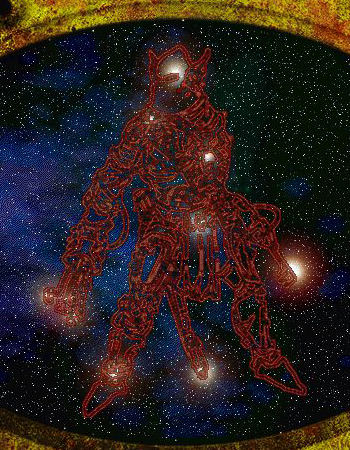

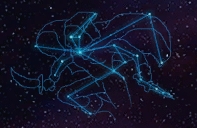
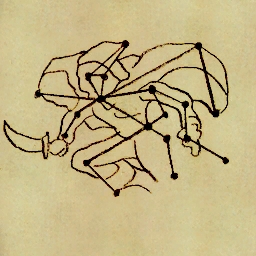
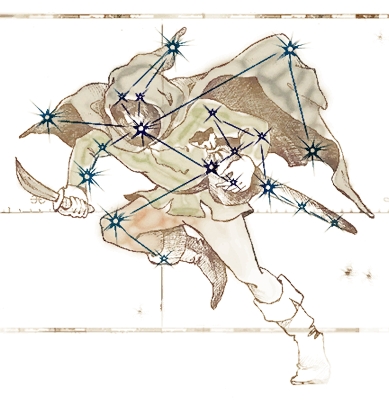


The Serpent
This constellation is an outlier, moving erratically about the sky and praying on the other constellations. Coyle, in TESA: Redguard, says that, “the Serpent respects no master. It moves across the heavens, threatening the other Constellations in its path.” The Firmament, meanwhile, says that it” wanders about in the sky and has no Season, though its motions are predictable to a degree. No characteristics are common to all who are born under the sign of the Serpent. Those born under this sign are the most blessed and the most cursed.”
In the Dwemeri observatory, the Serpent is represented by a glyph not found in the Dwemeri alphabet. It looks like this: ![]()
If a player with the Ritual sign speaks to the Khajiiti diviner Hanubina-ko at the Bandari Caravan, she tells them:
“This one sees … a shadow. The flash of steel and fell whispers ….”
“This one sees writhing coils … silent menace.
“You walk with the Serpent. Your presence means danger for all, friend and foe alike. Sangiin has given you the gift of swift mending. Take care—venom is perilous to both poisoned and poisoner.”
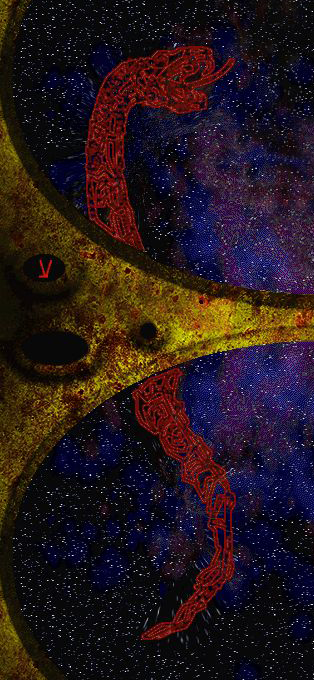
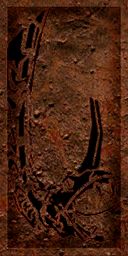
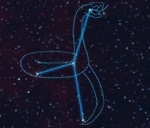

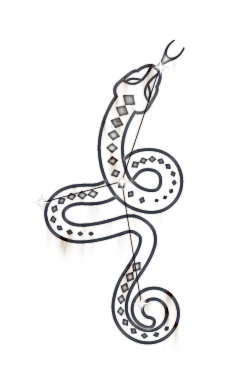
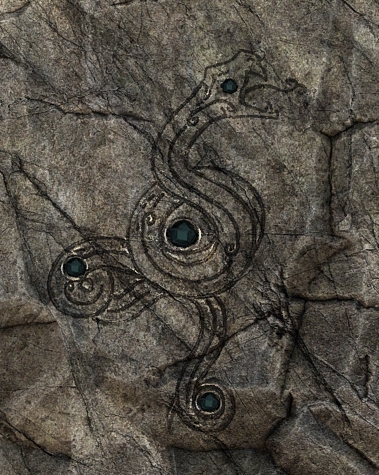
Star Maps
TESA: Redguard featured three star maps: a Yokudan one representing Guardians and their Charges, a Dwemeri one with constellation glyphs, and one seen while observing the sky from inside the Dwemeri observatory.

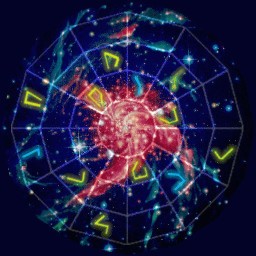

Much like Stros M’kai’s version, the orrery shown in TESIV: Oblivion also featured a dome with a star map. The dome is a large sphere, rotated about 45°, with four horizontal divisions on each side of the equator. The constellations are positioned in the three divisions north of the equator and in the two south of it. The following sped up gif illustrated what the whole thing looks like in motion. In it, the constellations are represented by their Dwemeri sigils.
When we flatten the whole thing out, here’s what the star map looks like the second image.
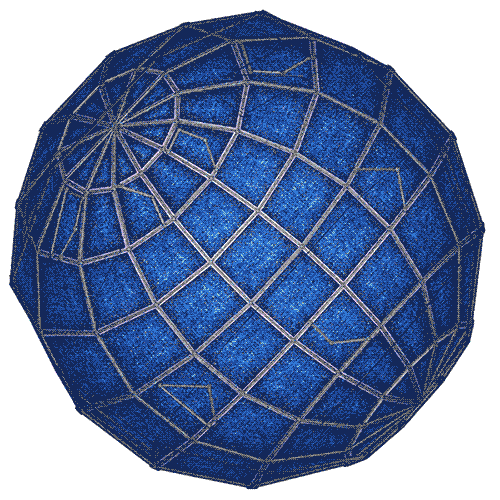


Another potential star map is an Elder Scroll itself. When we examine the Elder Scroll featured in Oblivion (subsequent games use the same texture), we see most of the Thief constellation located squarely in its center. Though a few stars and connection are missing (shown in red), most is present (shown in purple). The scroll also appears to feature a star map in its background, though the constellations depicted therein do not appear to be those of Tamriel.

Elder Scrolls Online provides us with our final example of a star map of sorts. It depicts all 12 constellations in their sequential order, but does not position them in the sky.
The Moons
Cosmology describes the moons as:
Small planets, insofar as one infinite mass of infinite size can be smaller than another. Planets do have orbits, or at least lunar orbits are perceived to happen by mortals. Moons are regarded by various cultures as attendant spirits of their god planet, or minor gods, or foreign gods.
Masser and Secunda, the moons of Nirn, are the attendant spirits of the mortal plane. They are like the mortal plane in that they are temporal and subject to the bounds of mortality; in fact of this, the moons are dead and died long ago. The moons used to be pure white and featureless, but today their ‘skin’ is decaying and withering away. Their planes are likewise dying. Mortals perceive this as the moons being spheres with patches of their ‘surfaces’ completely eaten away; as the moons spin, they seem to become slivers or ragged crescents. These are not caused by shadows, because you can see stars through the black patches of the lunar spheres.
The Lunar Lorkhan says much the same thing, but with a more spiritual bent:
In short, the Moons were and are the two halves of Lorkhan’s ‘flesh-divinity’. Like the rest of the Gods, Lorkhan was a plane(t) that participated in the Great Construction… except where the Eight lent portions of their heavenly bodies to create the mortal plane(t), Lorkhan’s was cracked asunder and his divine spark fell to Nirn as a shooting star “to impregnate it with the measure of its existence and a reasonable amount of selfishness.”
Masser and Secunda therefore are the personifications of the dichotomy– the “Cloven Duality,” according to Artaeum– that Lorkhan legends often rail against: ideas of the anima/animus, good/evil, being/nothingness, the poetry of the body, throat, and moan/silence-as-the- abortive, and so on — set in the night sky as Lorkhan’s constant reminder to his mortal issue of their duty.
Followers of this theory hold that all other “Heart Stories” are mythical degradations of the true origin of the moons (and it needn’t be said that they observe the “hollow crescent theory” as well).
Not everyone agrees with Temple Zero’s description of Masser and Secunda as the bodies of Lorkhan. Moon Bishop Hunal, for example, writes that:
“When true cats commune with the moons and their spirits climb the Lunar Lattice, then can a Khajiit see the Dead Moon sailing behind Jone and Jode. This moon is the corpse of Lorkhaj. After he made the world for Nirni’s children to live in, the Darks in the heart of Lorkhaj also made a prison of the world—for he did not know the First Secret. Thus his heart was cut out and buried in the Dark Behind the World, and his body was hurled on high to follow the moons forever.

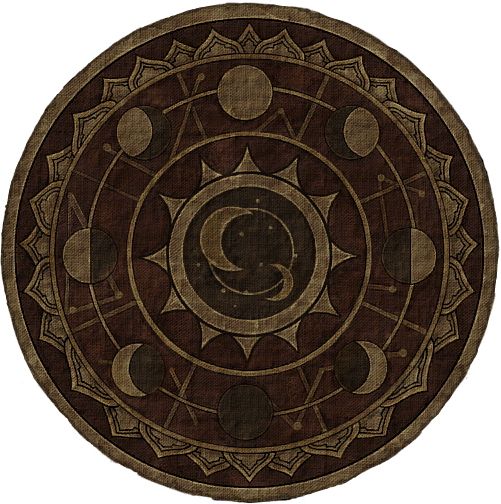

The Planets
Cosmology describes the planets thusly:
The planets are the gods and the planes of the gods, which is the same thing. That they appear as spherical heavenly bodies is a visual phenomena caused by mortal mental stress. Since each plane(t) is an infinite mass of infinite size, as yet surrounded by the Void of Oblivion, the mortal eye registers them as bubbles within a space. Planets are magical and impossible. The eight planets correspond to the Eight Divines.
Nirn (Ehnofex for ‘Arena’) is a finite ball of matter and magic made from all of the god planets at the beginning of time, when Lorkhan tricked/convinced/forced the gods to create the mortal plane. Nirn is the mortal plane and the mortal planet, which is the same thing. Its creation upset the cosmic balance; now all souls (especially the Aedra-Daedra/Gods-Demons) have a vested interest in Nirn (especially its starry heart, Tamriel).
This video shows the Orrery of Stros M’kai as it appeared in TESA: Redguard.
The Elder Scrolls IV: Oblivion released a DLC wherein the player could help reconstruct an orrery in the Arcane University. Structurally, it appears much like the originally orrery in Redguard. A few important differences exist, though. While Redguard had all planets floating in space, Oblivion’s orrery instead anchors some planets on orbital and others on large metallic “wings.”
Masser and Secunda are shown on orbits around Nirn, offset from each other by a few degrees. Kynareth is also on an orbital, though on a very different angle than either of the moons. Julianos and Akatosh both orbit Nirn, but are not shown with orbitals. Stendar is shown on an orbital around Julianos. Mara is on an orbital around Zenithar, and Dibella on an orbitals round Mara. Zenithar itself rotates about Nirn’s axis, but not around Nirn itself. Arkay is a similar case, revolution above Nirn’s tilted axis, creating a sort of 8 shape when seen in time lapse.

A graph of the orbits and orbitals as depicted on Oblivion’s orrery.

A gif of the planets in their rotations. Unlike above, these have no had their orbits rotated to all be on the same axis, and, as such, many appear elliptical rather than round.
Elder Scrolls Online provides our third example of an in-game orrery. The orrery of Elden Root seems to have more of a ceremonial purpose than a cosmological one – it is used primarily to discern who among the Altmeri stock is fit to rule Tamriel. As such, it is a far simpler design. While the planets on this orrerly are unlabeled, we can surmise that they are likely Kynareth and Akatosh based on their positions.




